“Five times as many people read the headline as read the body copy.”
Advertising pioneer David Ogilvy said this back in the ’60s, but it remains just as relevant today. In fact, a recent Copyblogger study found similar numbers: 8 out of every 10 people will read your headline, but only 2 will keep scrolling.
The reality is: Either you immediately capture your readers’ attention and compel them to dive deeper… Or you lose them entirely. There’s no middle ground.
How To Write a Great Headline
It isn’t magic; it simply requires a careful balance of strategy and creativity. When you’re crafting that super headline, these steps are sure to help:
1. Identify Your Customers’ Pain Points
… And show that you offer the solution.
42% of startups fail because they don’t understand their customers’ true needs.
Don’t fall into this trap. Identify your primary market need and clearly emphasize it right in your headline.
Wordstream does this in the example below by addressing a pain point (struggling with Adwords marketing) and hinting at an insider solution:
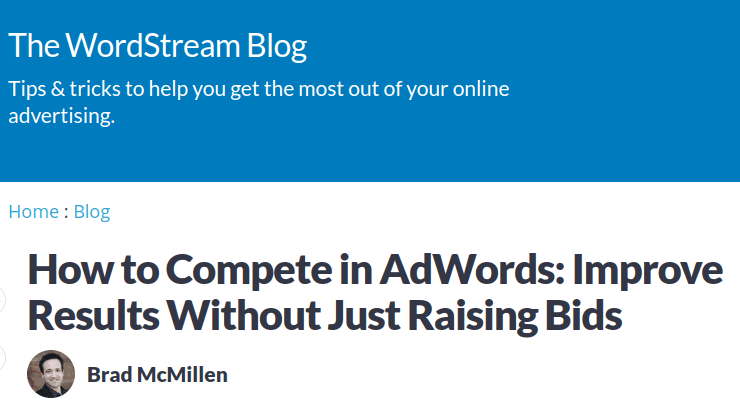
2. Include Data and Numbers
People love numbers. And the research proves it.
In fact, Conductor found that headlines with numerical figures convert at least 15% more readers than headlines without.

That said, the numbers you use have to paint an accurate picture. If your headline embellishes data, you run the serious risk of losing conversions and harming your brand’s reputation.
3. Write and Rewrite
Here’s the thing about headline ideas: Some of them… will suck. It’s inevitable.
That’s why the experts at Upworthy insist on drafting 25 unique headlines: To force you into thinking outside the box. They won’t all be perfect, but that’s the point. Only by pushing past the low-hanging fruit can you magically get a “gift from the headline gods.”
In fact, let’s try it ourselves for this very article:
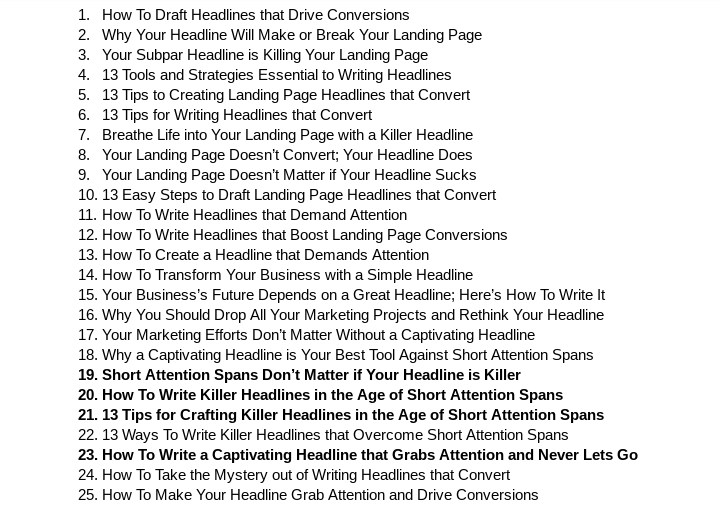
Coming up with these 25 certainly wasn’t easy, but it gave us a much stronger selection of options. We never would’ve gotten there had we not forced ourselves to write, write, and write some more.
4. Align With Your Hero Image
When it comes to your website’s first impression, the headline doesn’t stand alone. Visitors will give equal attention to both your headline and Hero Image.
Your Hero Image – the visual that dominates your landing page and presents your product – needs to be an extension of your headline.
Learn more about how to prepare a great Hero Image here.
For instance, take a look at this page on Wistia’s site:

The headline and accompanying video are perfectly aligned here. They work in tandem to hammer home the notion of growth through video.
5. Split-Test and Improve
A/B testing is a powerful tool for optimizing the performance of your website copy. It’s a continuous back-and-forth between analysis and implementation in an effort to boost results.
Take a look at this split-test done by Highrise. They start with this original copy…

… And added alternative versions to the rotation. With a more specific focus on the 30-day free trial, they ended up seeing a 27% spike in conversions:

The following version’s subheading emphasizes the under-60-second sign-up to further express value (and add another number). The result: 30% more conversions.

Plain and simple: They tested slight changes in wording, got the conversion results, and updated their site accordingly.
The Proven Formulas For Writing A Great Headline
Using the following formulas will certainly make your life much easier.
But you should note – each template only forms the general basis for a great headline. You’ll still need to bring all your creativity to the table to ensure you stand out of a crowd of 1,000 similar headlines.
1. How To [The Outcome] In [Specific Short Time]
Take a look at this example from career coach Jennifer Gresham:

She checks the important boxes in this fairly straightforward headline.
By addressing a relatable pain point, she manages to convey the sense that she’s speaking from personal experience. She establishes a connection with the reader, and with this newfound trust, she promises to alleviate their worries.
2. [Number] Proven Ways [To Achieve The Result]
Real Farmacy utilizes this format in their medical blog:
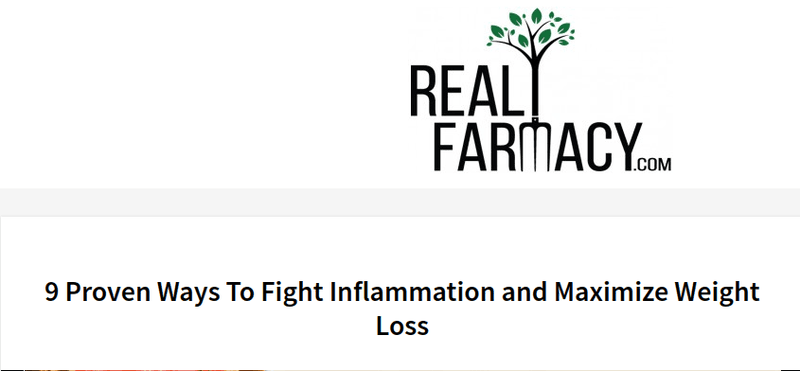
They optimize their use of numbers by bolstering the concrete figure “9” with the reassuring word “Proven.” And then they dive into the meat of the matter – fighting inflammation and maximizing weight loss.
The combination of powerful pain points and guaranteed solutions is simple, yet quite effective.
3. [Number] Lessons I Learned From [Experience]
This template is all about personal touch. Rather than reading an article written by some far-away source, you’re getting an inside scoop into a real person’s life.
Check out how Marianna Schnall uses it for her Forbes article:

If it were “5 Lessons Learned From Maya Angelou,” we may expect the article to just consist of cherrypicked internet quotes. Instead, Schnall expresses that the value of the article comes from her genuine experience.
4. We Analyzed [Number] And This Is What We Learned
Here’s Technology Review with an article on AI:

With this headline, they offer a specific number, an intriguing Hero Image, and a research-driven answer to the curious question of AI. After reading, you’re naturally left wondering, “Where is AI headed next?”
4 Tools For Creating A Killer Headline
Now that you know the core strategies and formulas for headline writing, you need some tools to implement them effectively.
With these 4 in hand, you’ll find yourself a step ahead in generating ideas, identifying customer values, and examining headline strength.
1. Sharethrough
This nifty tool tells you just how effective your headline really is. It analyzes various headline details such as length and presence of “context words” to determine your quality score… And even offer up some recommendations.
Using it is quite straightforward, as you can see below. Using that Wordstream headline from earlier as our guinea pig, we simply enter it into their text box and click “Find Out.”
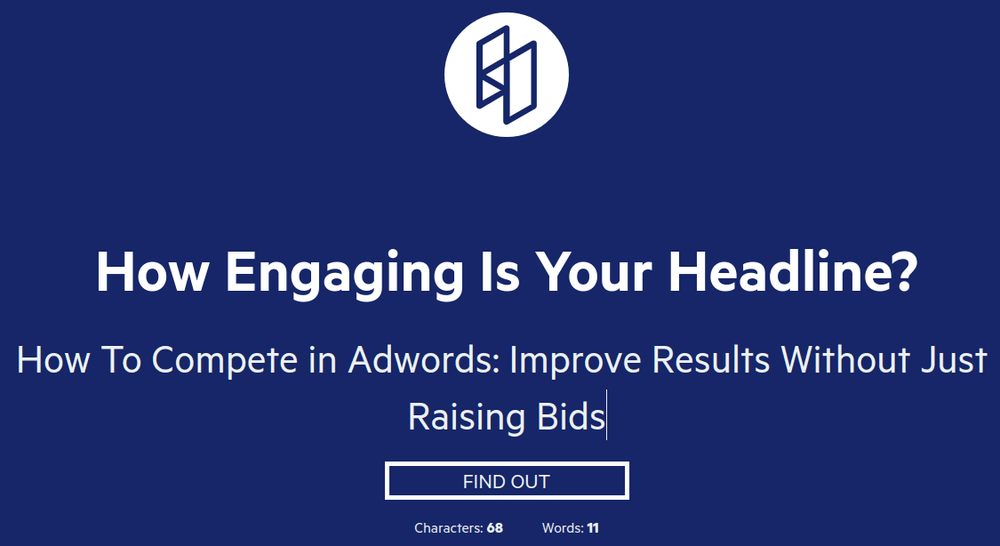
Sharethrough quickly does the math and presents its analysis and further insights:
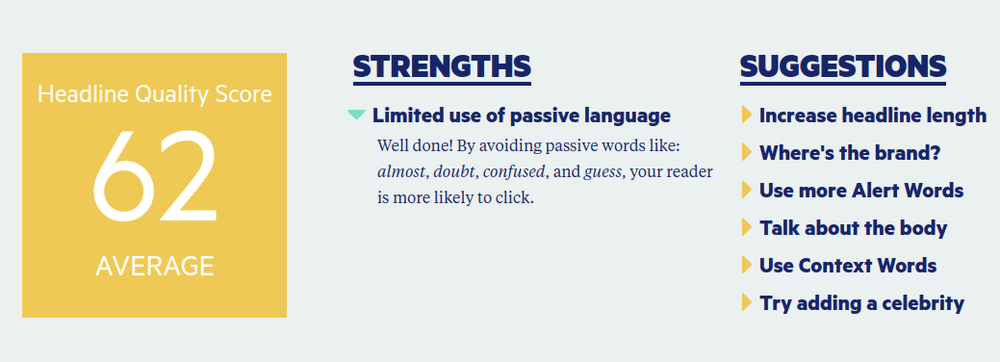
2. CoSchedule
CoSchedule does much of the same and provides even more thorough feedback. They also initially give us an entry text box to input our headline:

After hitting “Analyze Now” (and entering some basic personal info), we’re taken to a fairly extensive evaluation. It covers all sorts of factors, such as word balance…
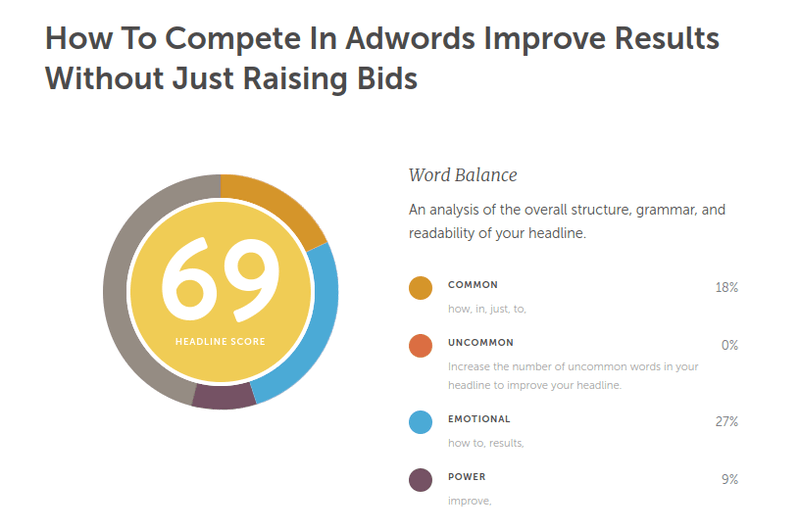
… And headline length:
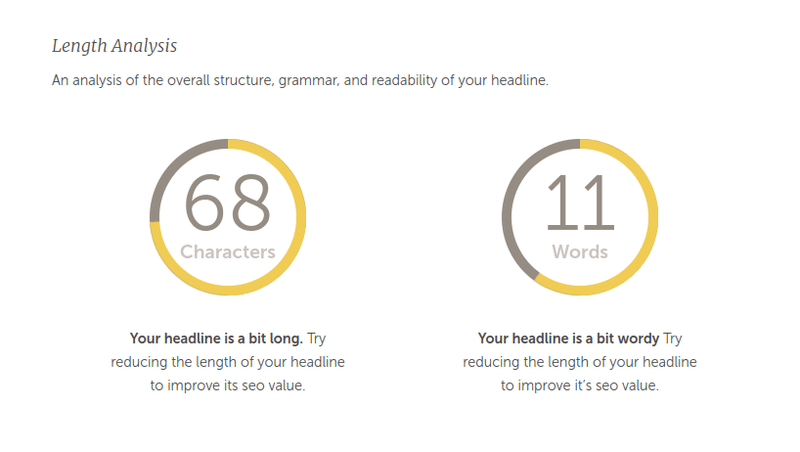
3. Blog About
This easy tool takes headline formulas to the next level. Whatever your subject matter, it’ll generate all sorts of possible templates for you to use.
All you need to do is enter your topic…
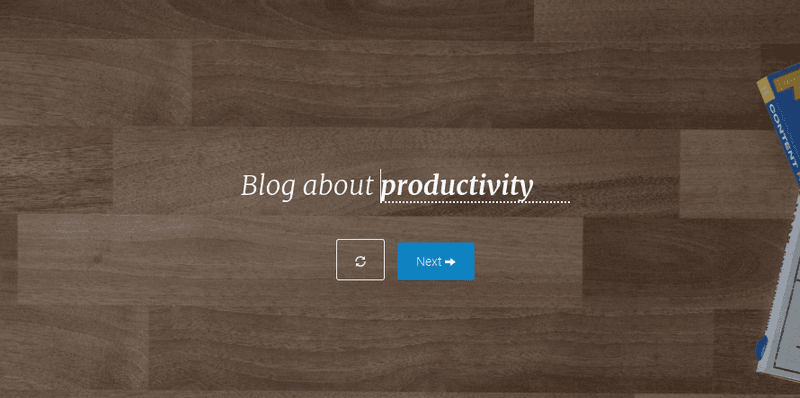
… And receive your own custom fill-in-the-blank headlines:
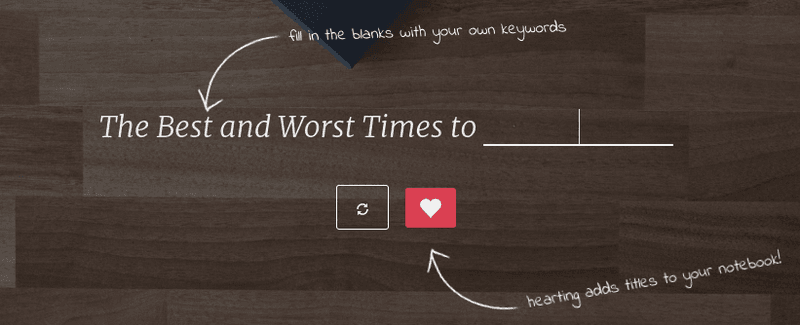
You can save the results you like or refresh to get new examples.

Though the site’s self-proclaimed purpose is for blogs, it can still safely be used as inspiration for landing pages. But that’s the key: this is a tool for finding inspiration, not finished products.
4. Answer The Public
If you’ve ever wanted to quickly gain a better understanding of your customers, this tool is for you. By gathering the auto-suggest search results from Google and Bing, Answer The Public shows you what answers people are looking for.
Say, for instance, that you’re in the industry of camera drones. Simply type in “camera drones” to receive a page of data trees with the most popular relevant searches:
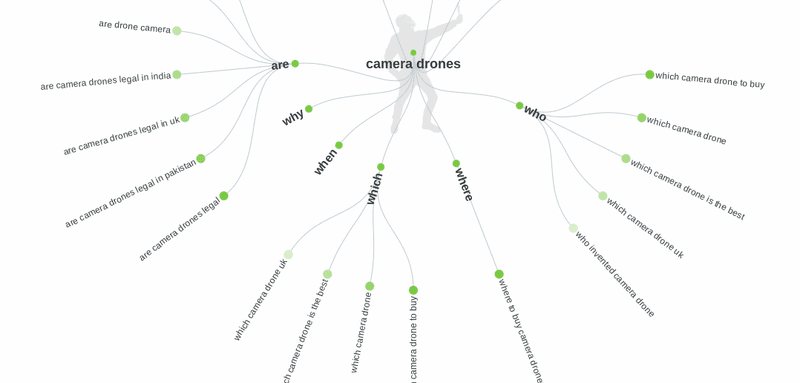
Conclusion
Your content only goes as far as your headline takes it. If you spend hours creating killer copy for your landing page but then tack on a boring headline, you’ve essentially thrown your time and money away.
Be unique and be specific. Grab your visitors’ attention by showing them exactly how you will solve their problems. If your headline can do that, you’re already halfway on the path to success.
To find out how to go the rest of the way and the crucial landing page elements you need to focus on, read on here.
 What Is A Landing Page
What Is A Landing Page![10 Types of Digital Marketing [with Examples]](https://convertful.com/wp-content/uploads/2019/03/types-digital-marketing_136db1be596b5712e0570f045c1585b0_2000.jpg) 10 Types of Digital Marketing [with Examples]
10 Types of Digital Marketing [with Examples]